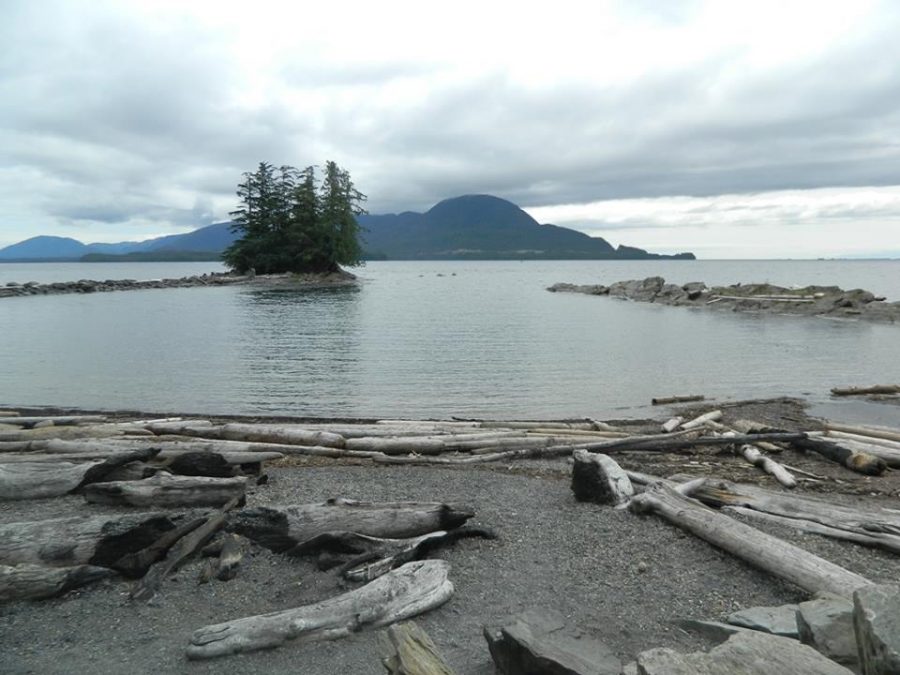
Rotary Beach south of Saxman is also called Bugge’s Beach. (KRBD file photo)
Enterococci bacteria levels in the water along Ketchikan’s coastline have dropped, according to an announcement from the state Department of Environmental Conservation.
Through a federal grant and in partnership with Ketchikan Indian Community, DEC has been testing water in nine local coastal areas starting in July. Earlier tests showed some areas with elevated levels of enterococci bacteria, which can cause stomach upset and infections.
The most recent tests were Sept. 13. All nine areas tested below levels considered potentially dangerous.
The tested areas are Seaport Beach in Saxman, Rotary Beach – which also is called Bugge’s Beach — Thomas Basin, Beacon Hill, south Refuge Cove, Knudson Cove, South Point Higgins, Sunset Beach and Shull Beach.
Enterococci bacteria is found in waste from mammals. Potential sources of the waste include wildlife and pet feces, private and municipal waste treatment systems, sewer-line leaks and boats.
Samples collected from the sites were sent for DNA testing to determine the source. DEC announced that bacteria were present from humans, but also from other animals and birds. A complete report is planned for November.
This is the first year that Ketchikan’s water has been tested. Since 2002, the state’s BEACH Program also has tested coastal waters in Haines, Juneau, Douglas, Petersburg and Wrangell. According to DEC, elevated bacteria levels were not found in those communities.
Testing in the waters off of Kenai, though, did show persistent elevated levels, apparently due to gulls.
DEC is suspending the testing program for the season. It will resume next summer.





